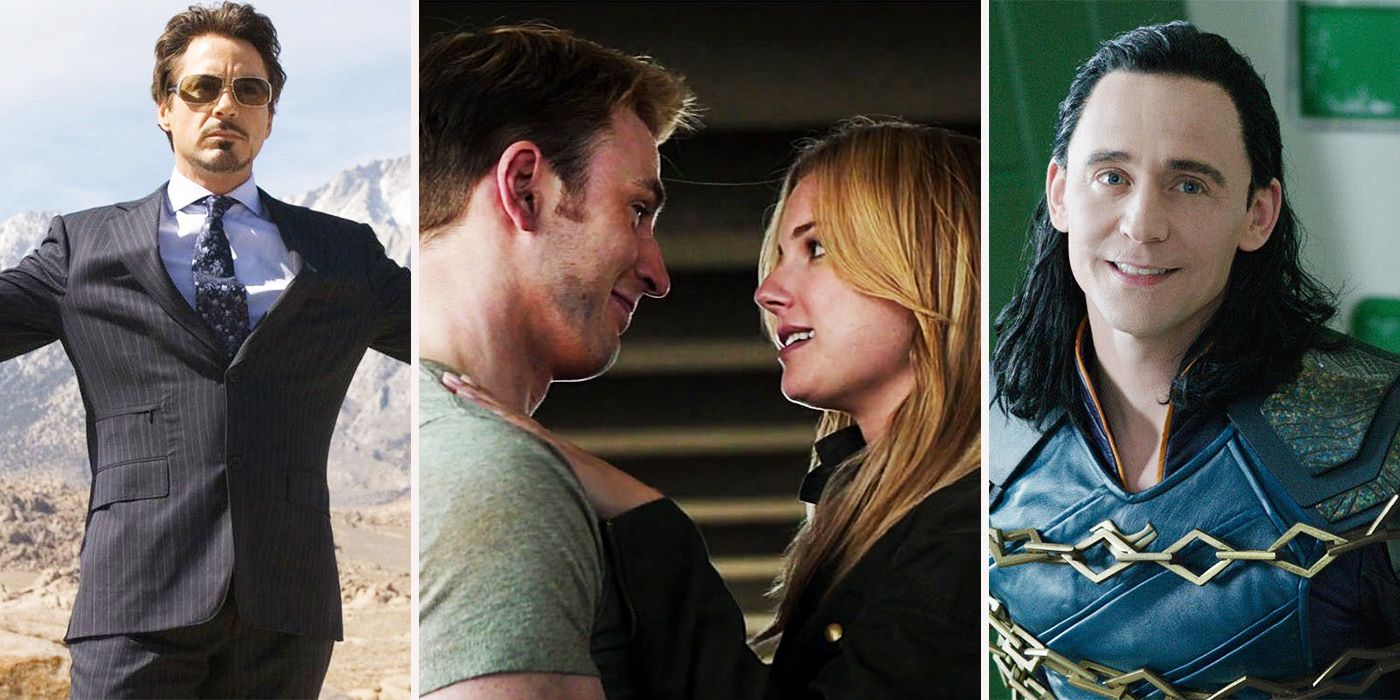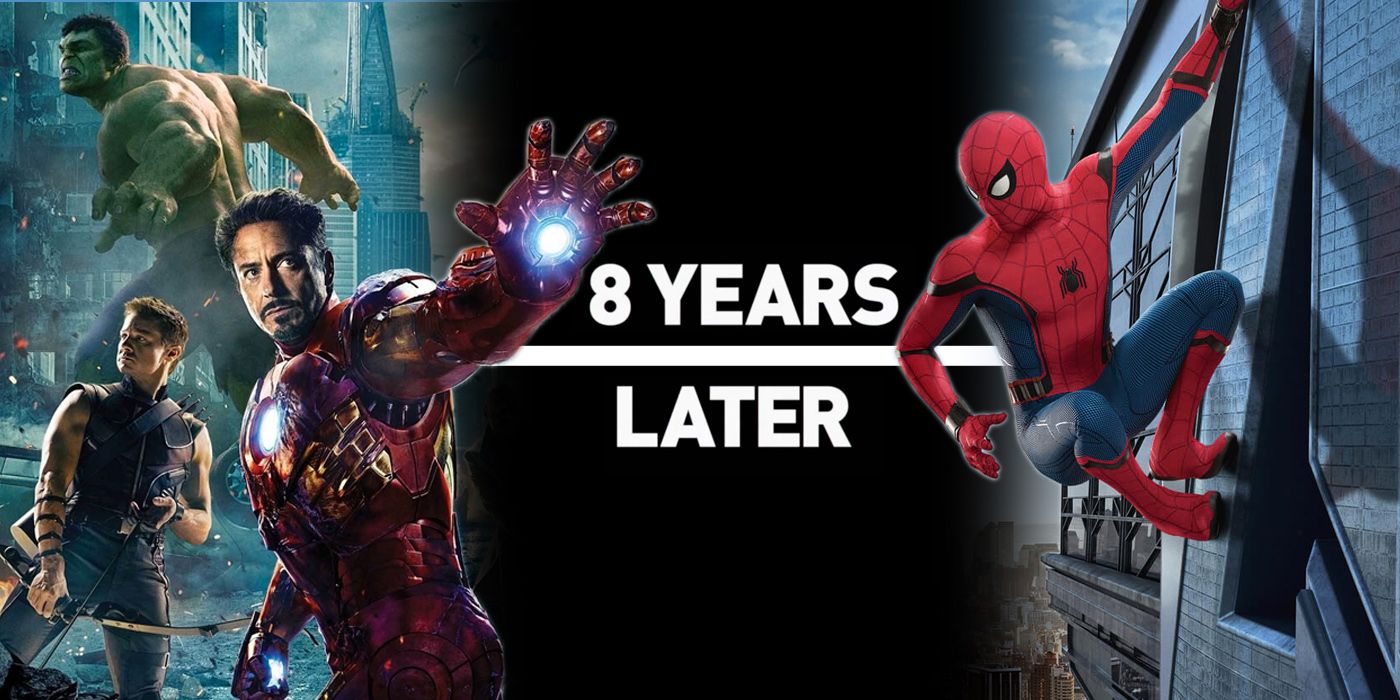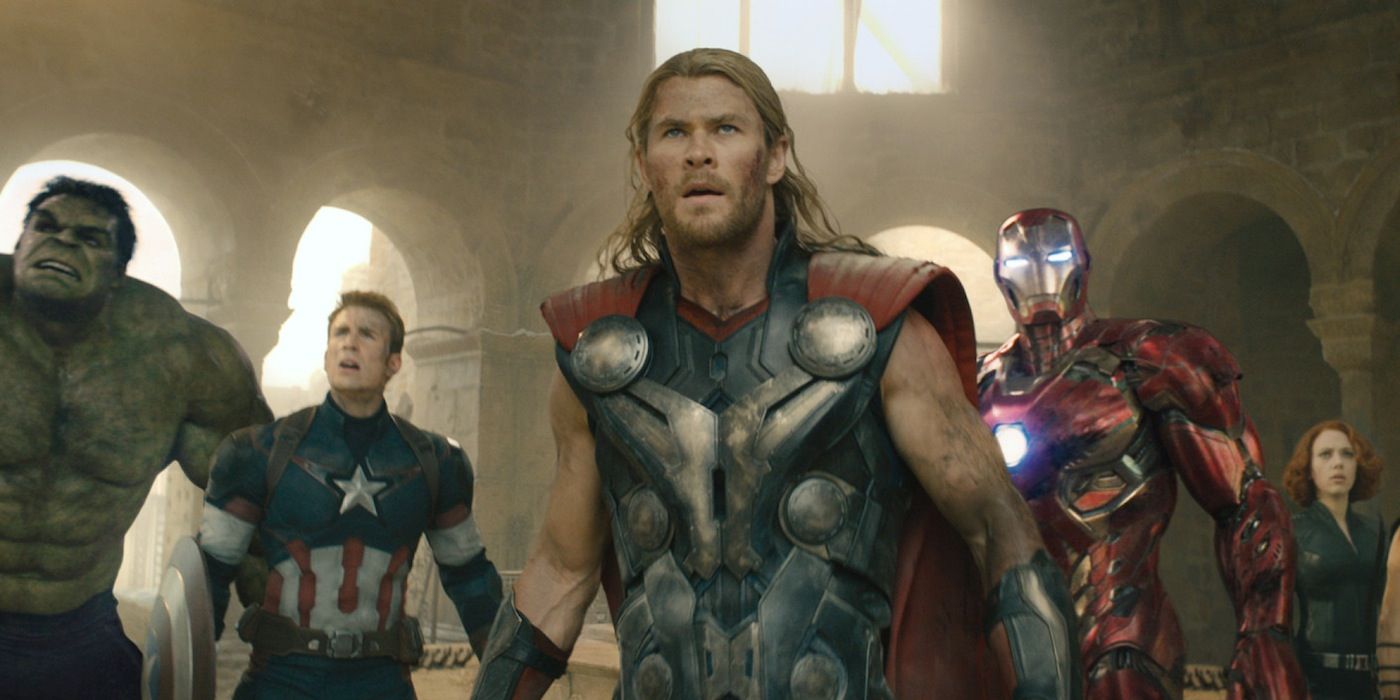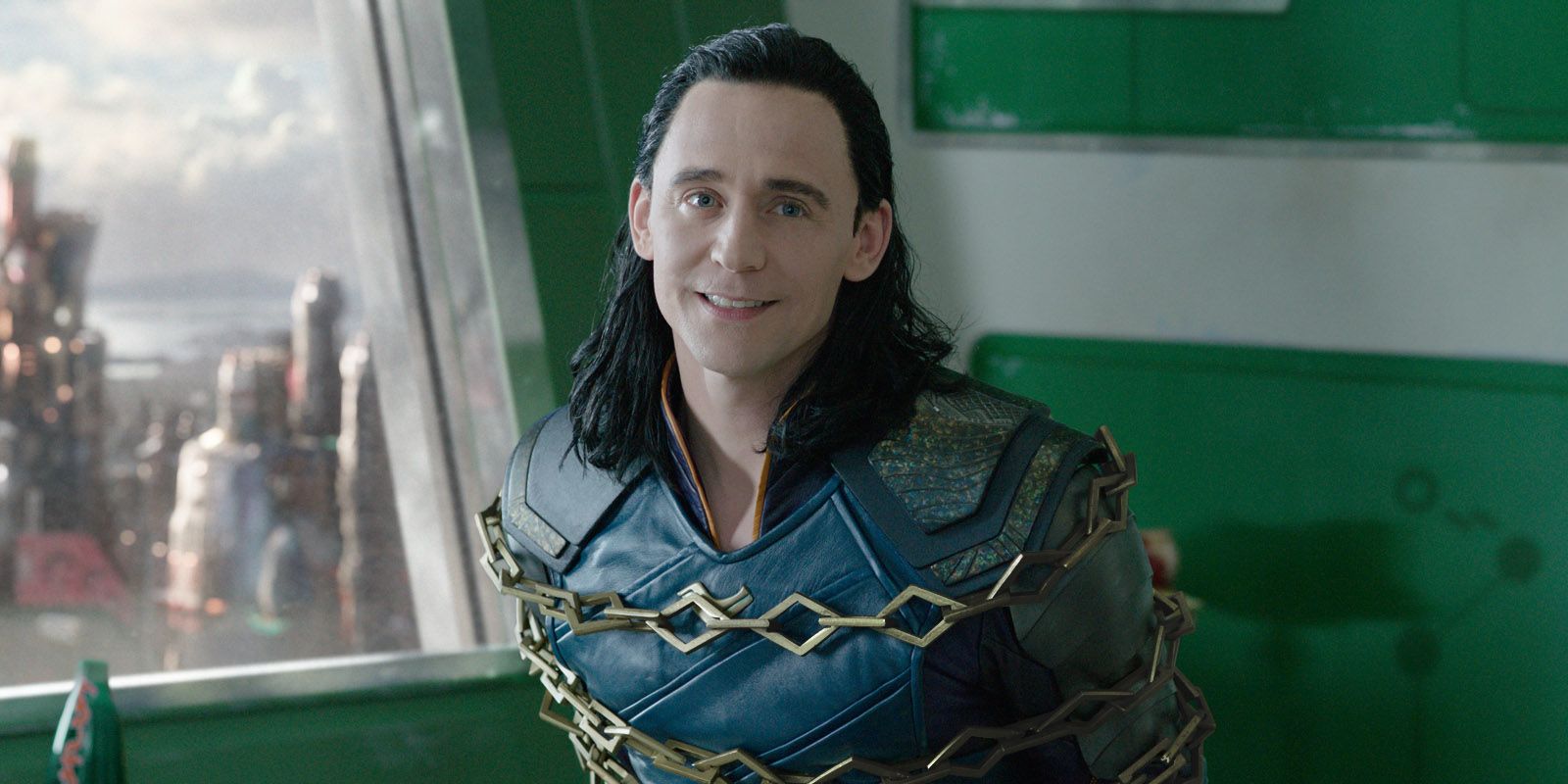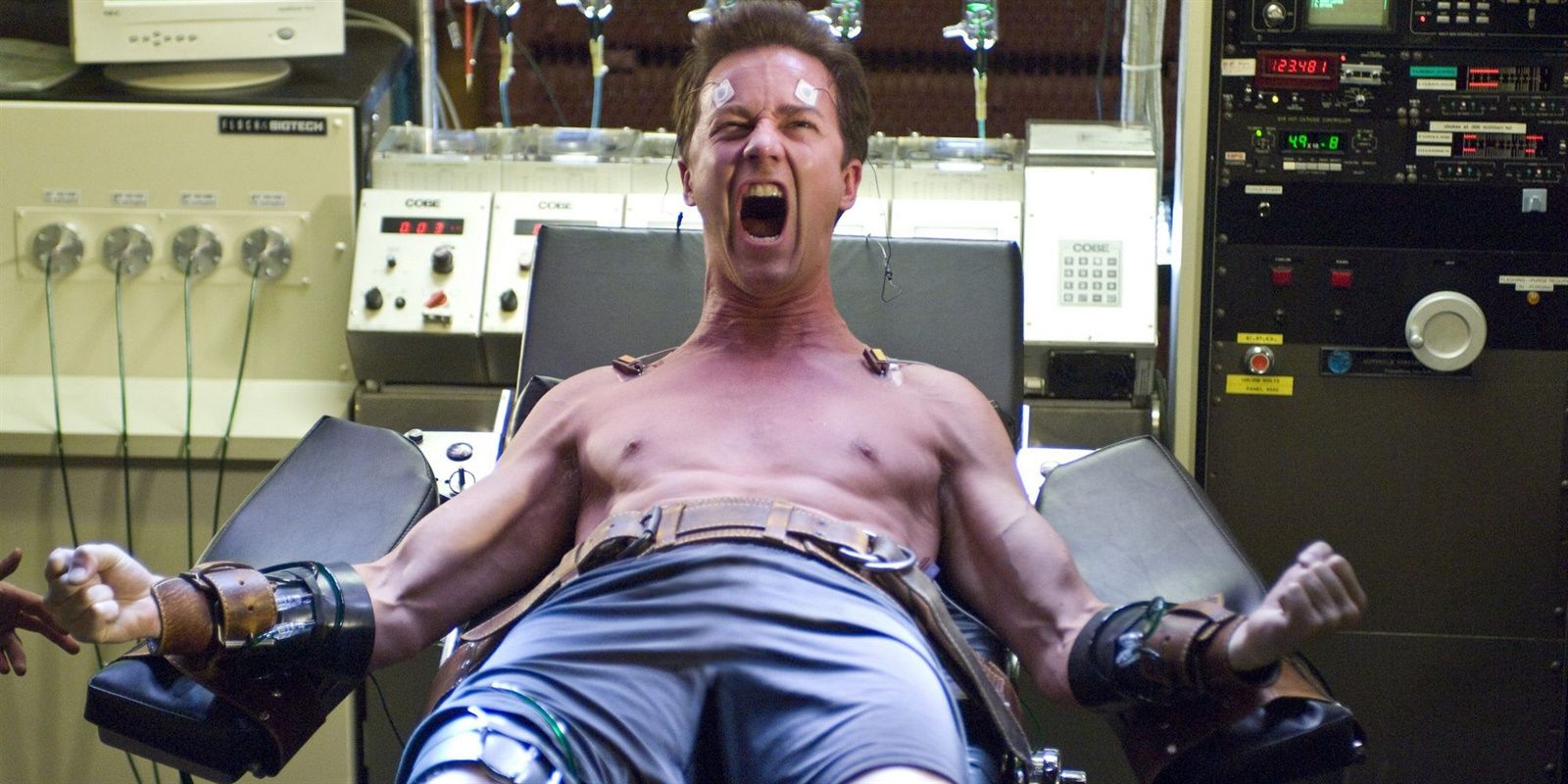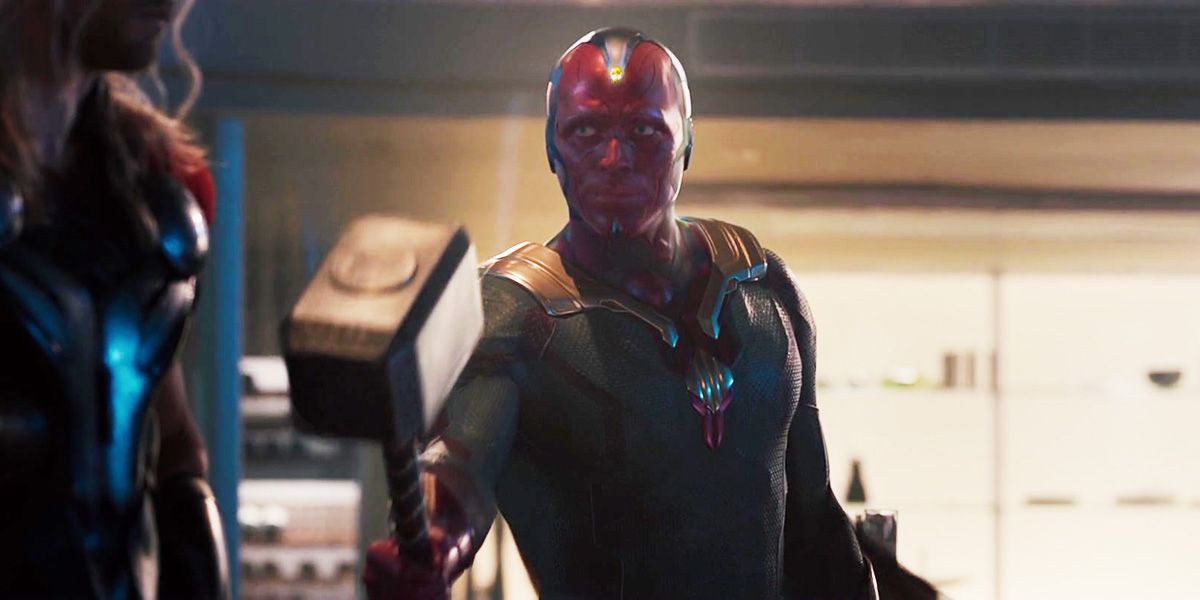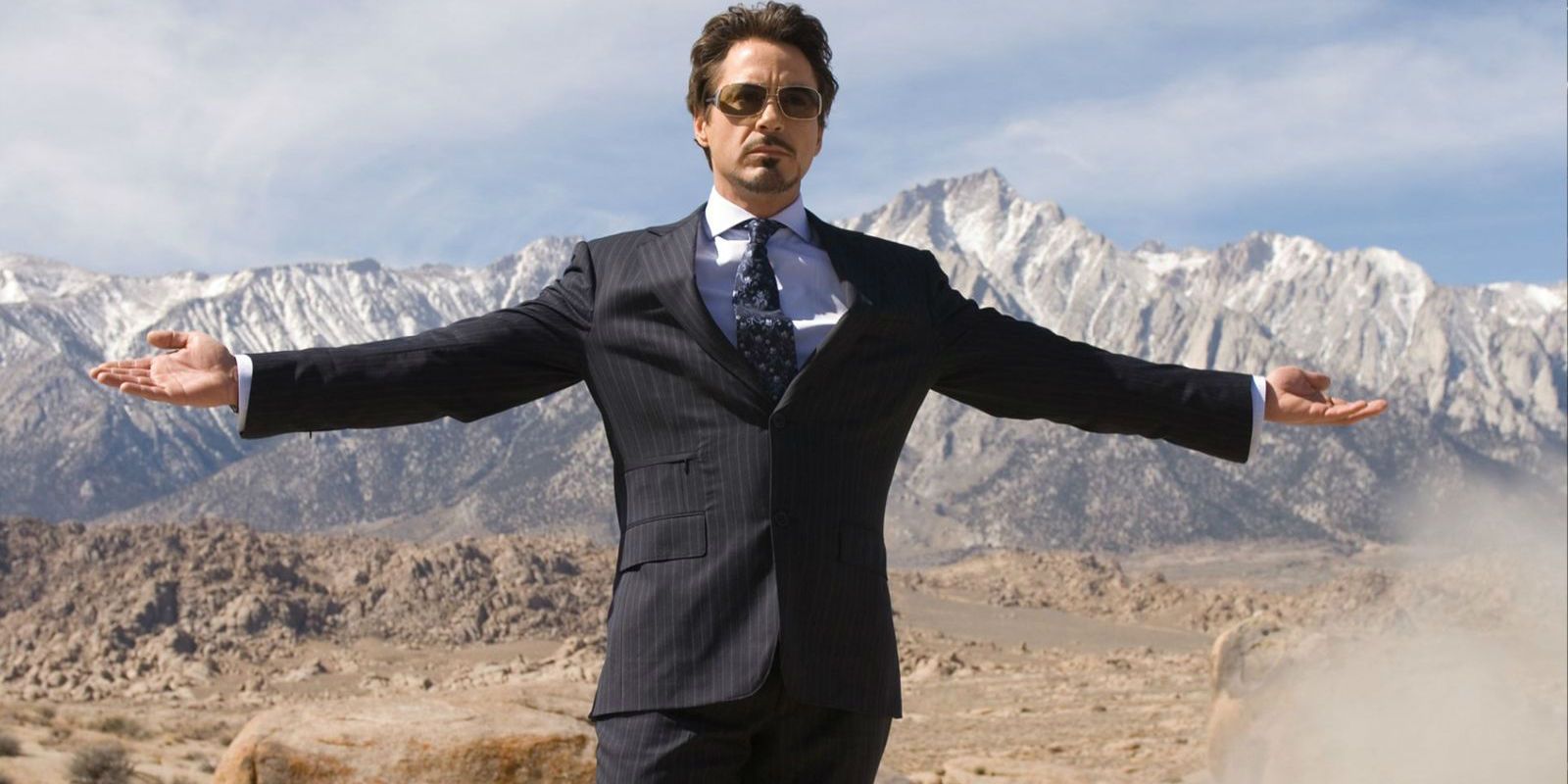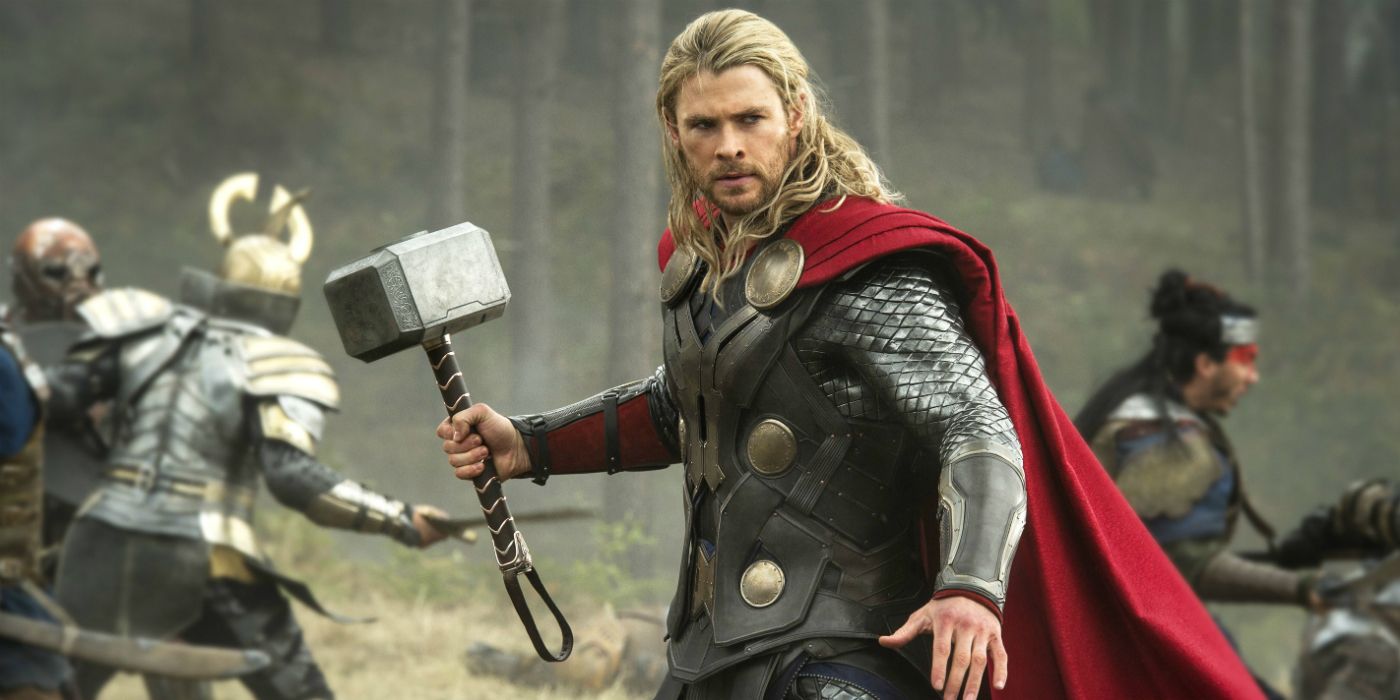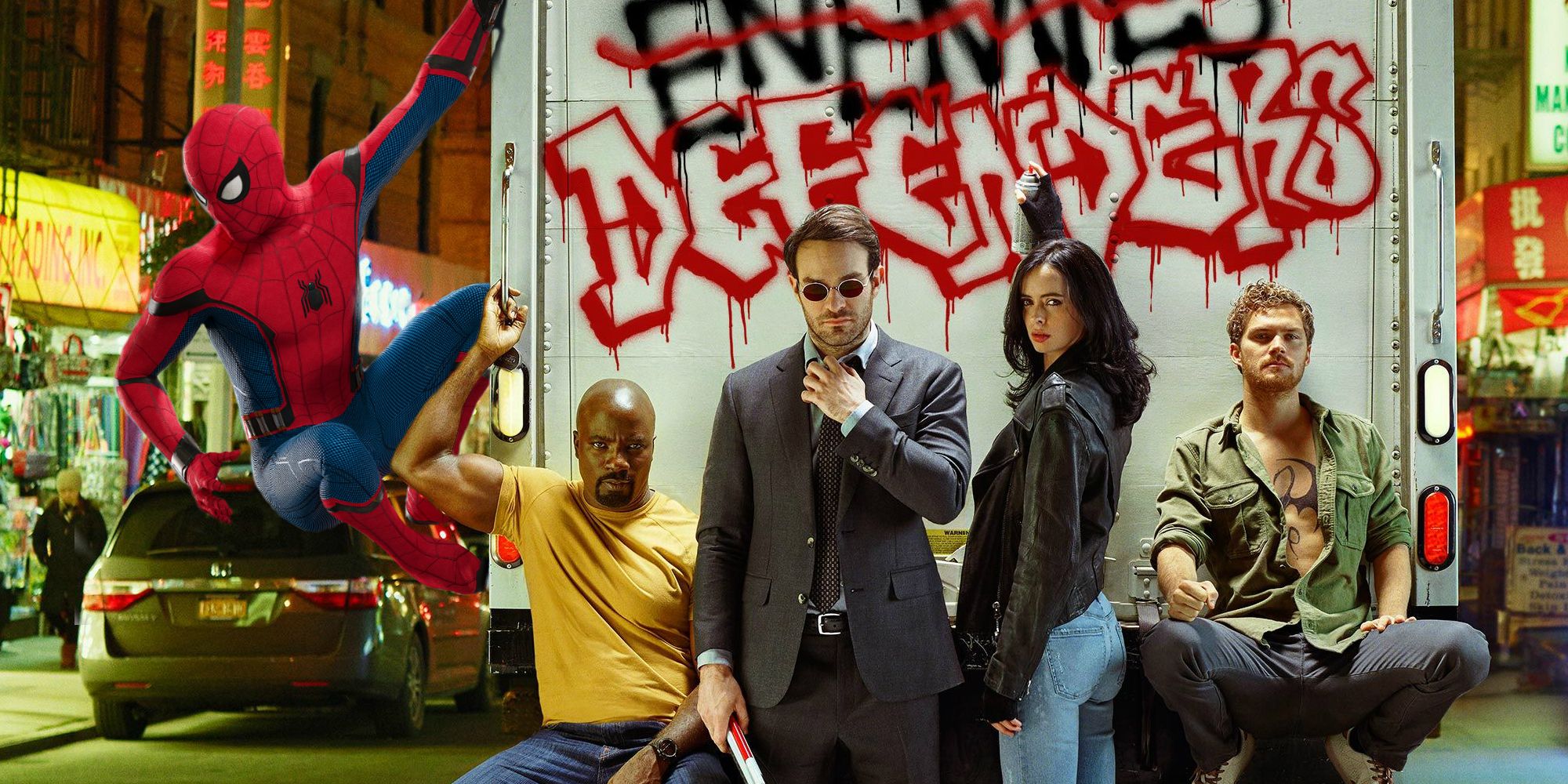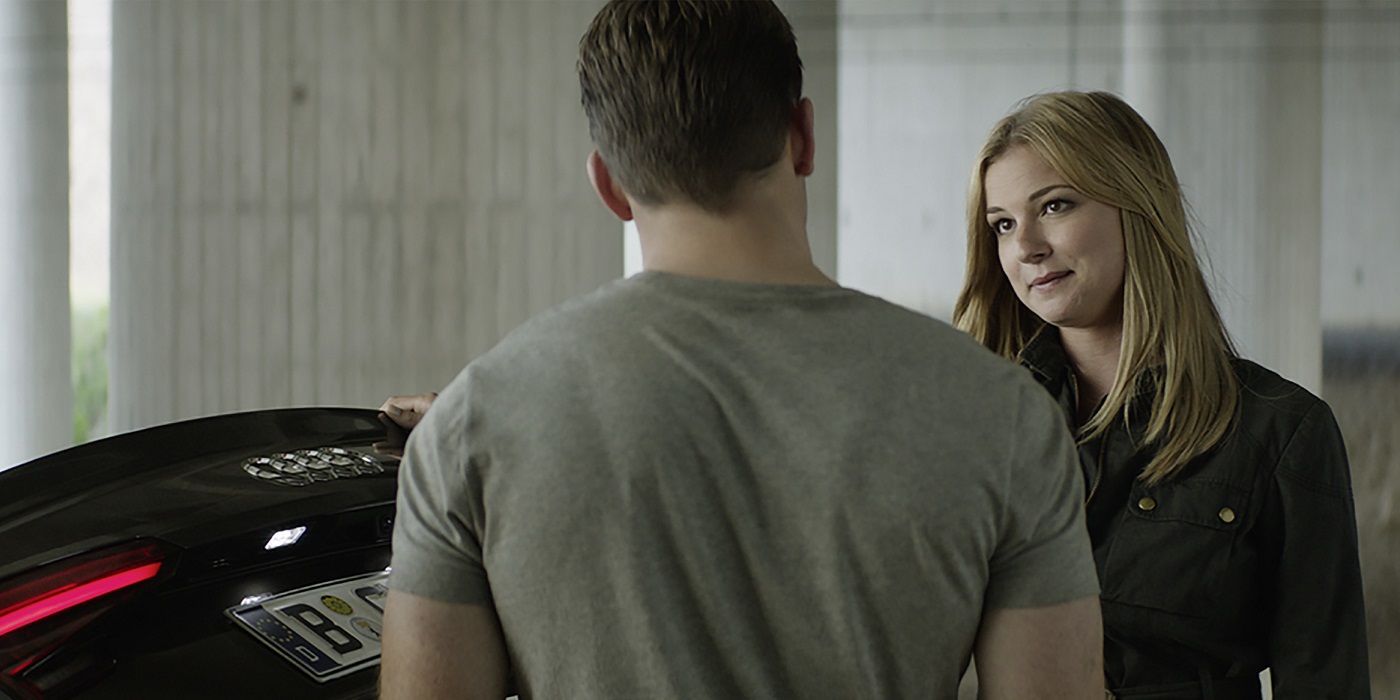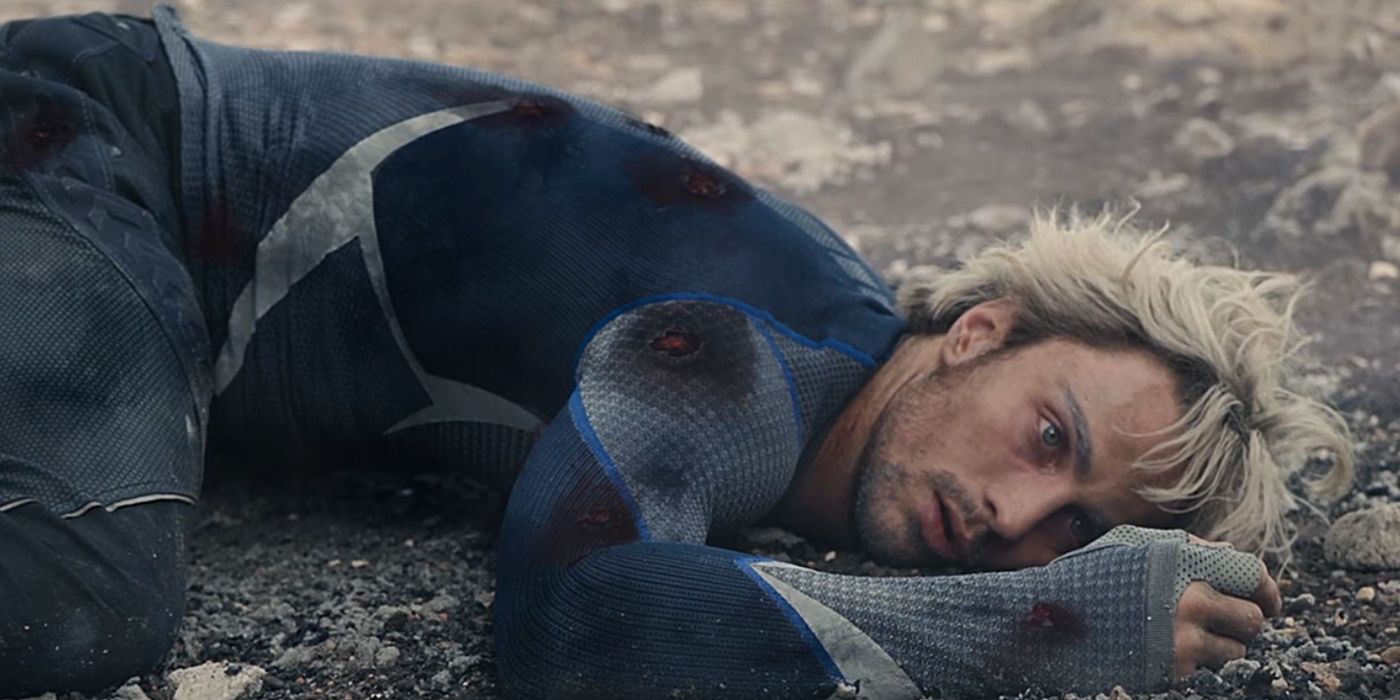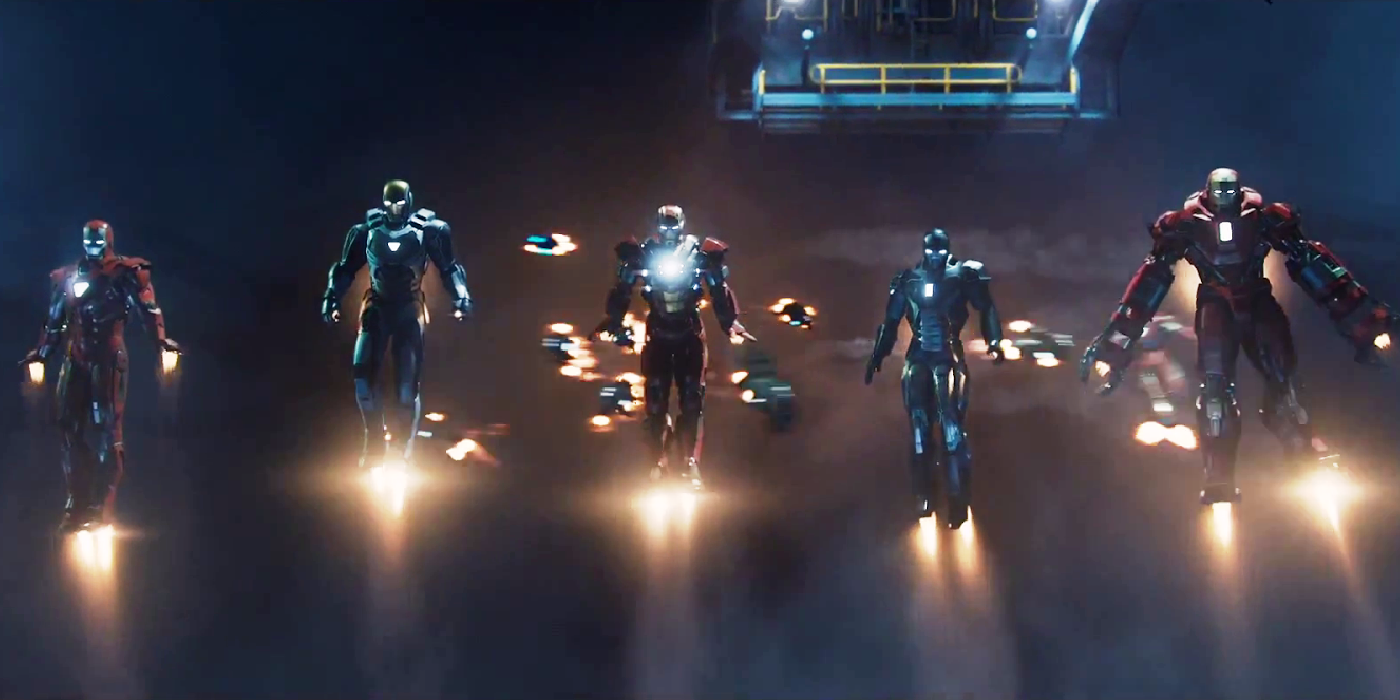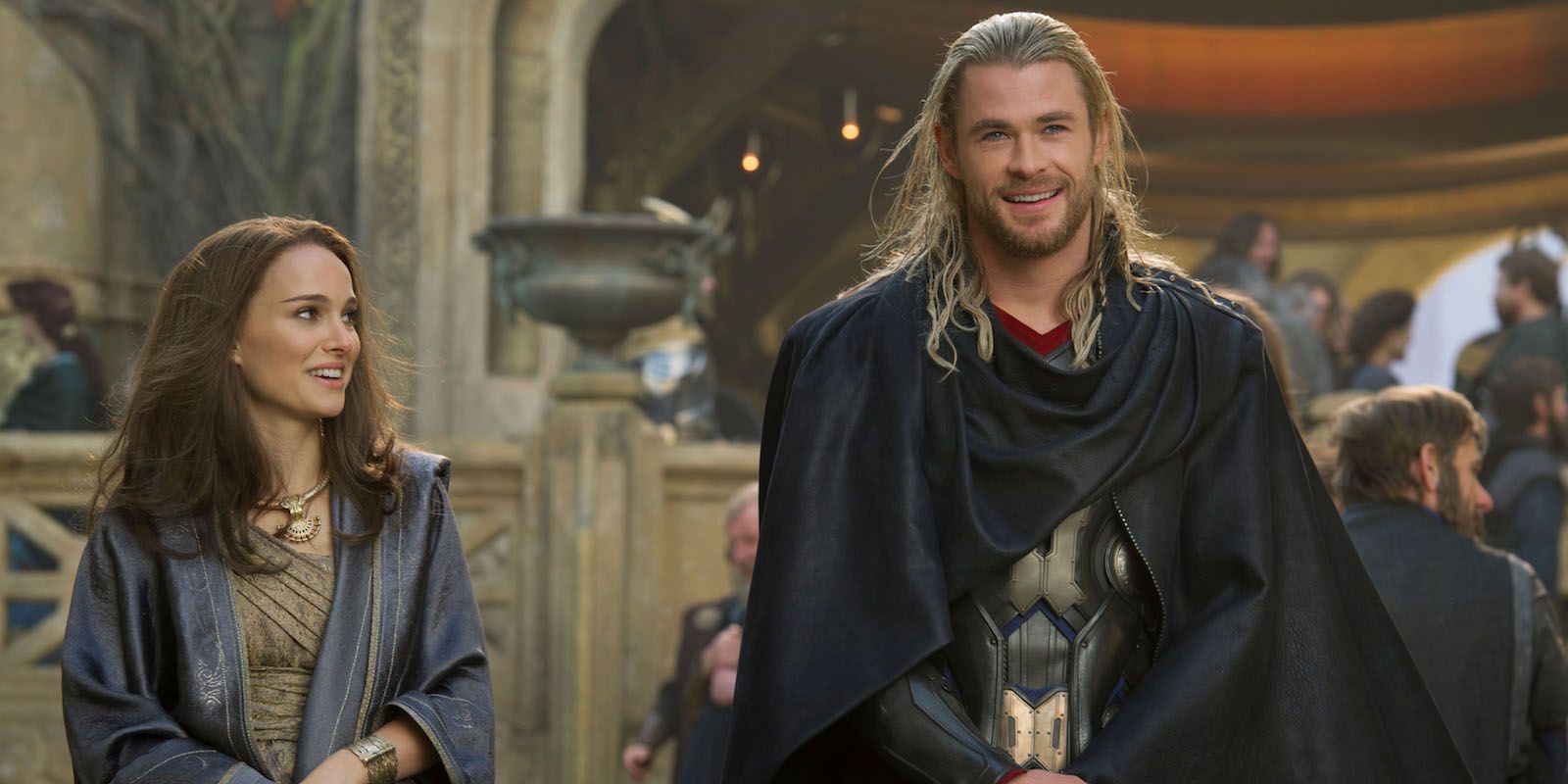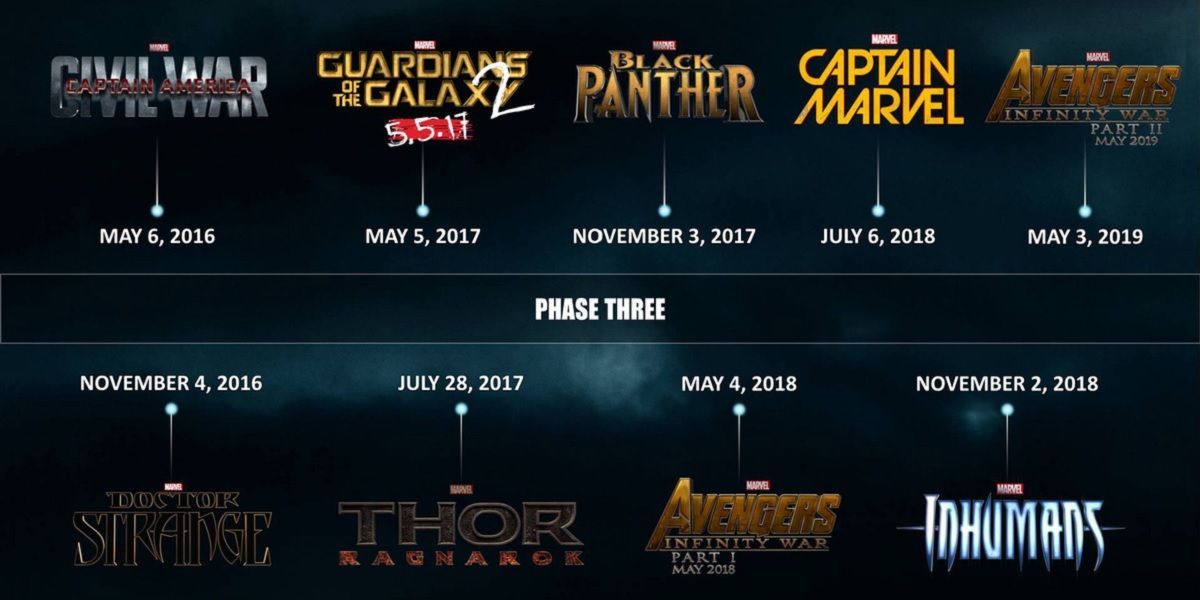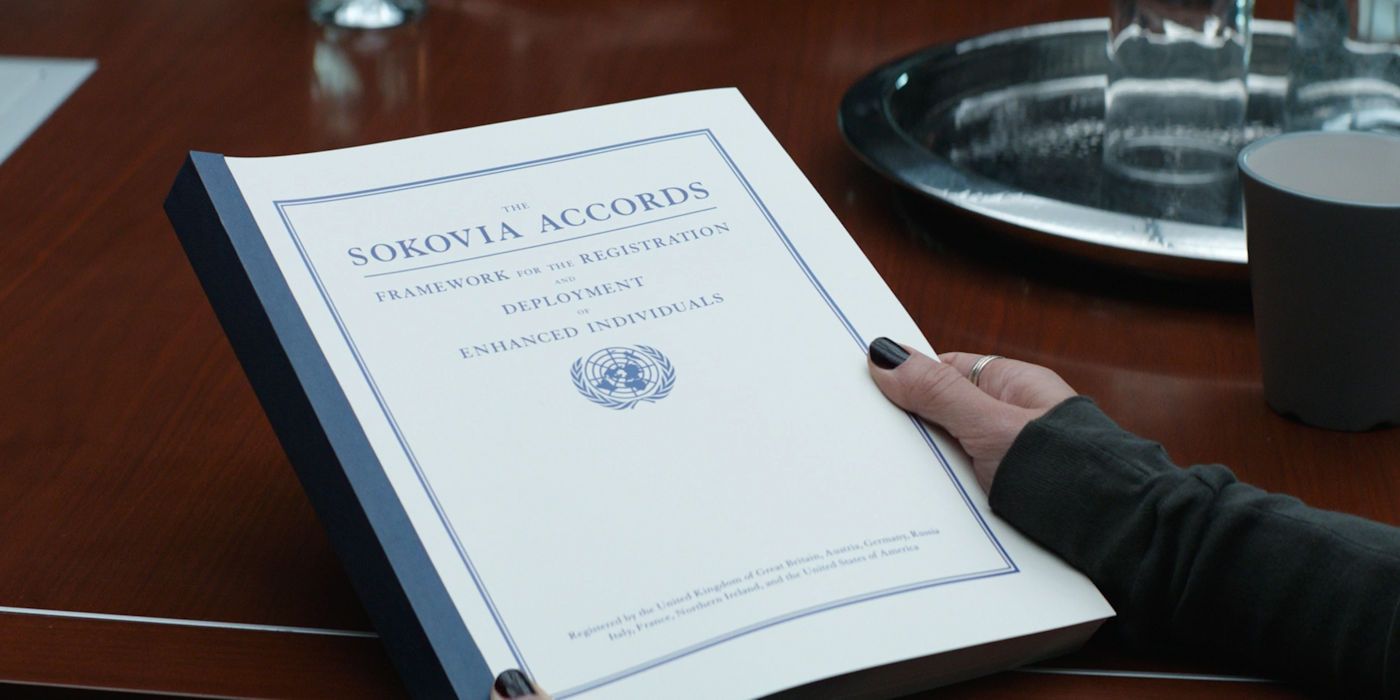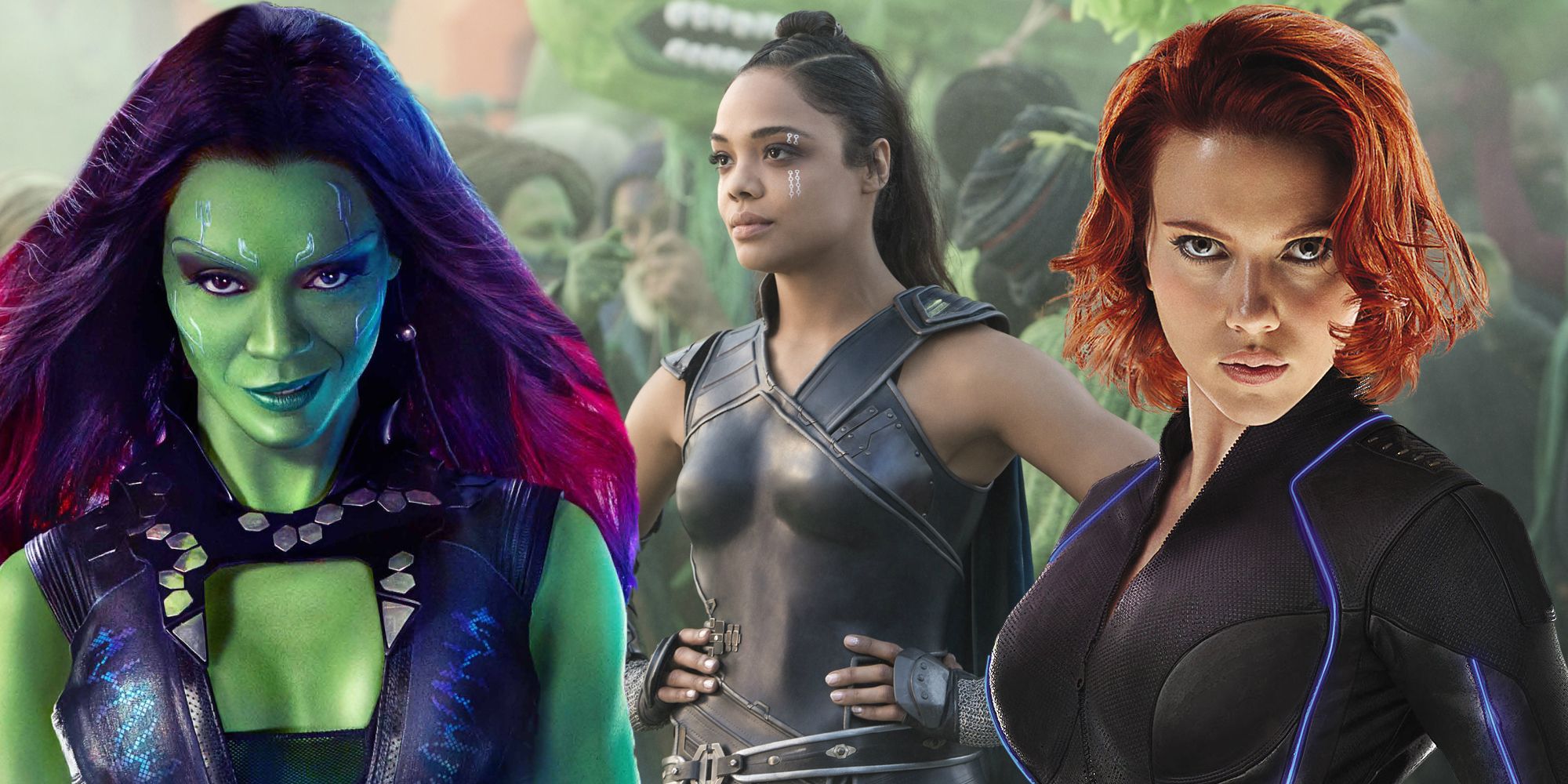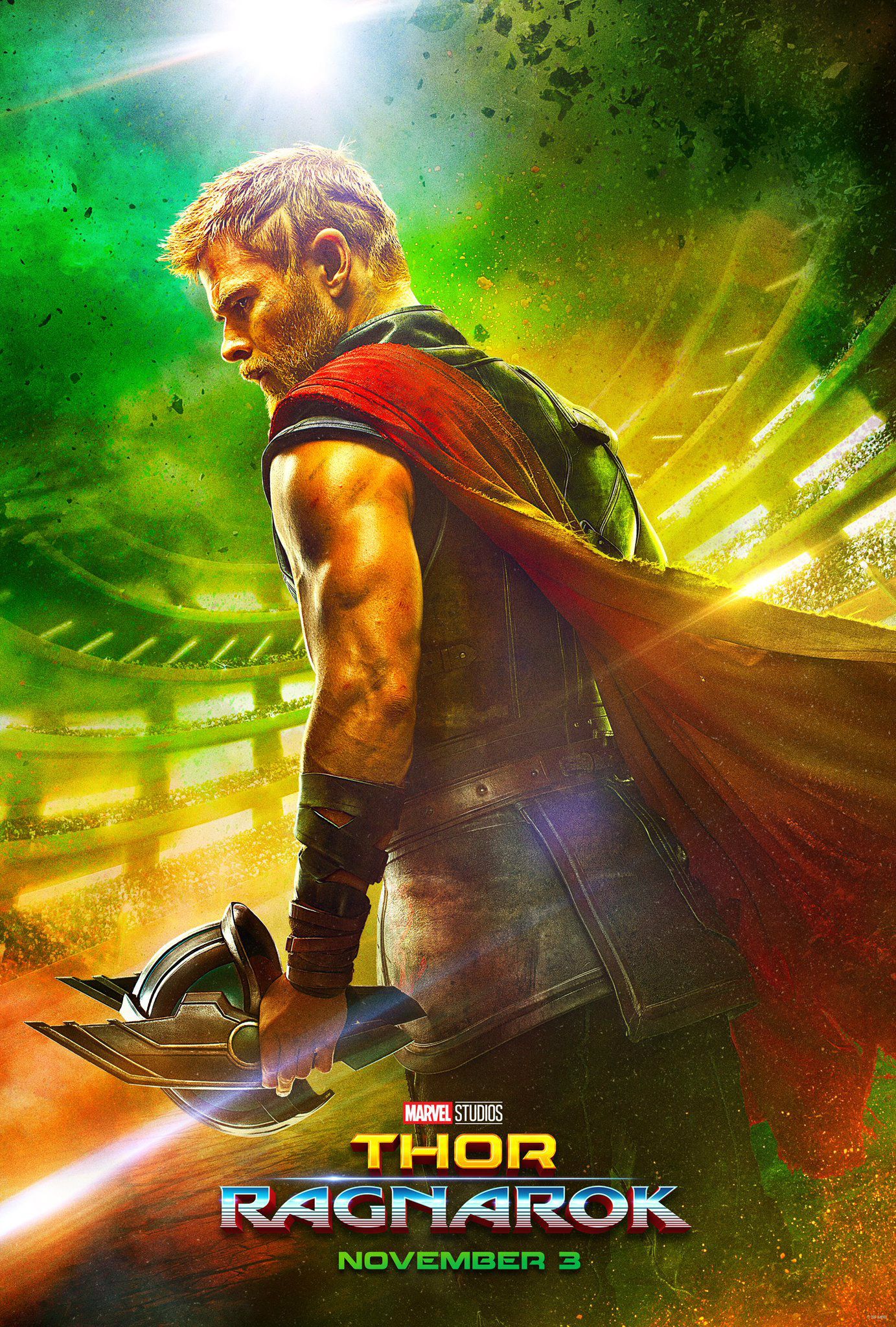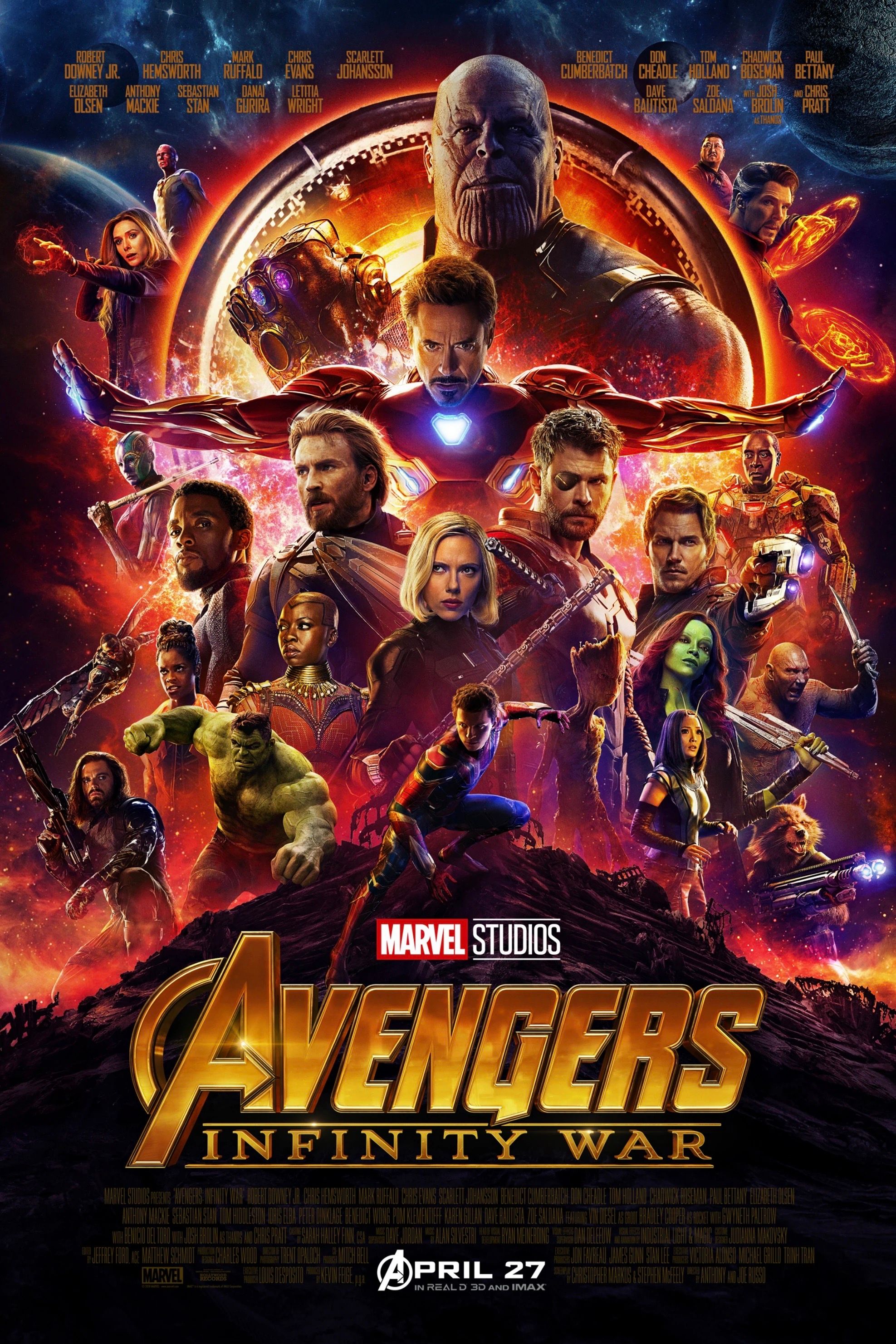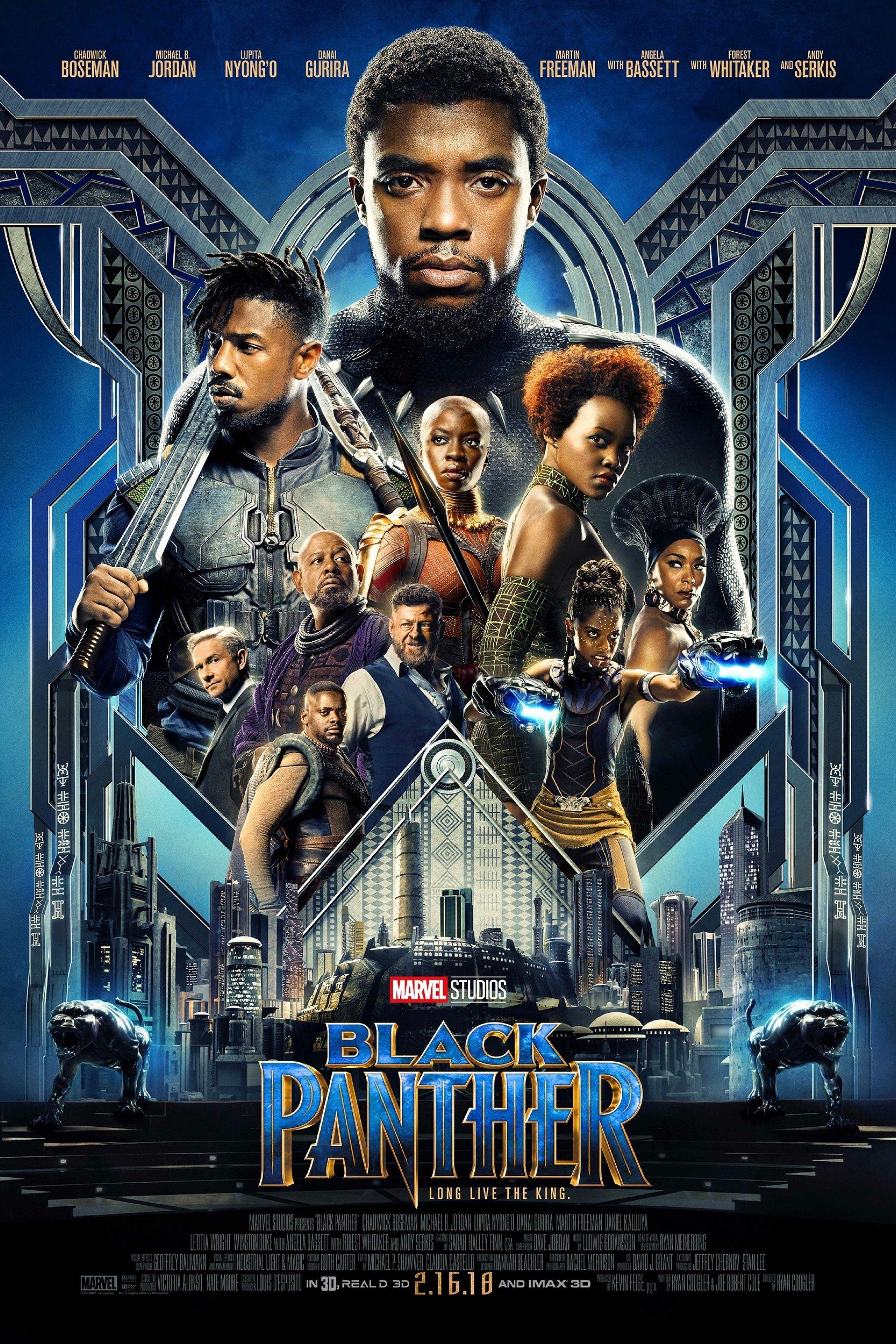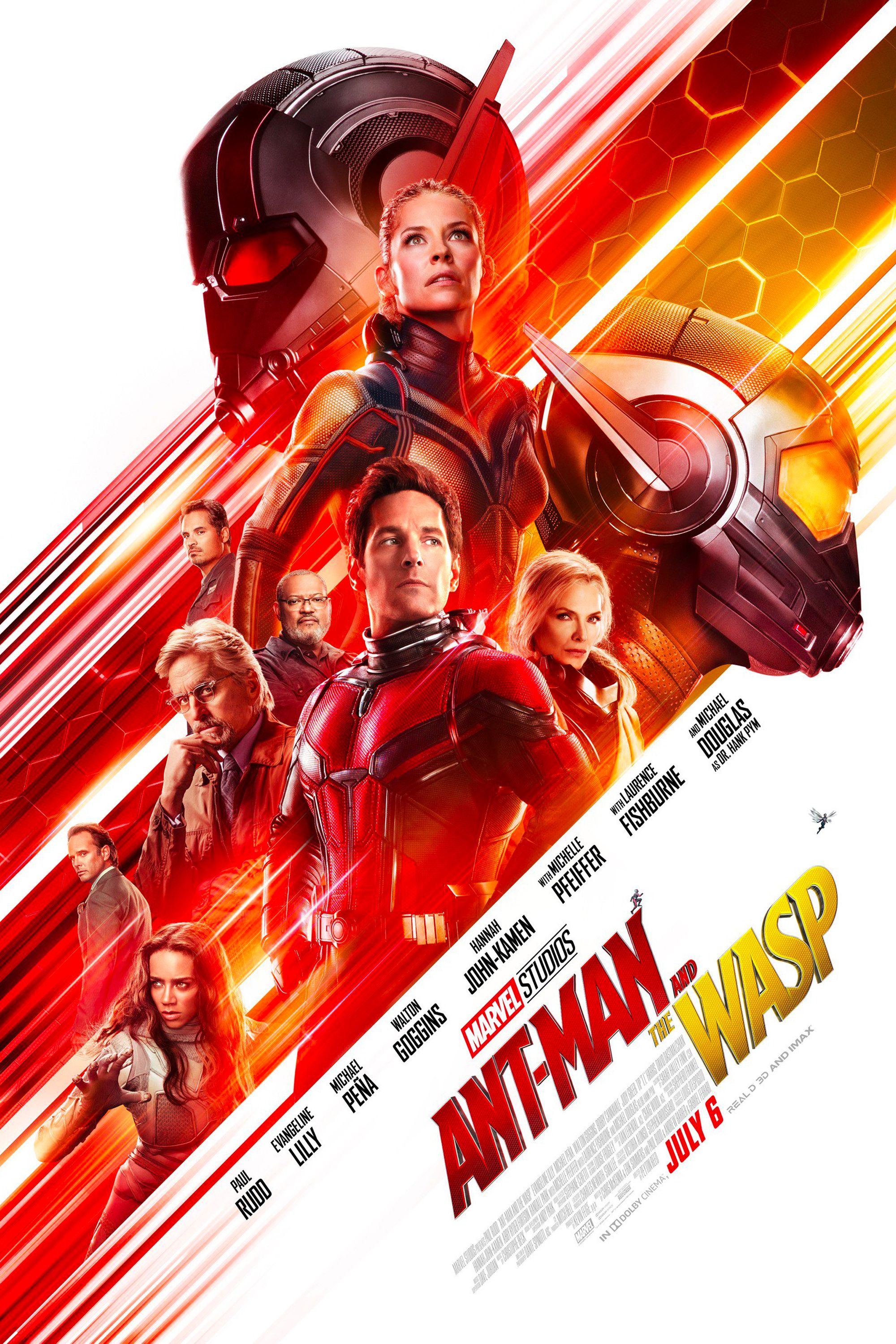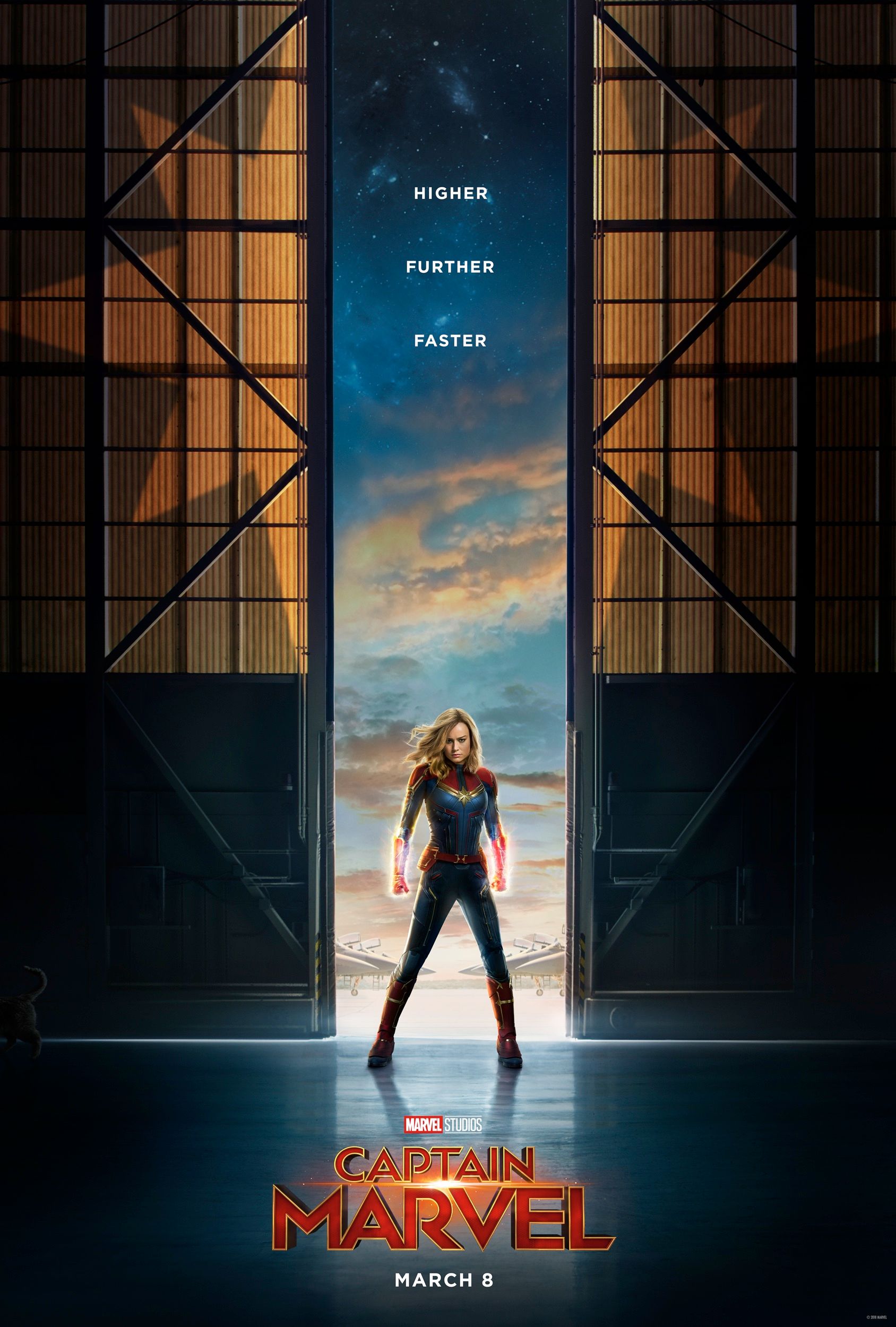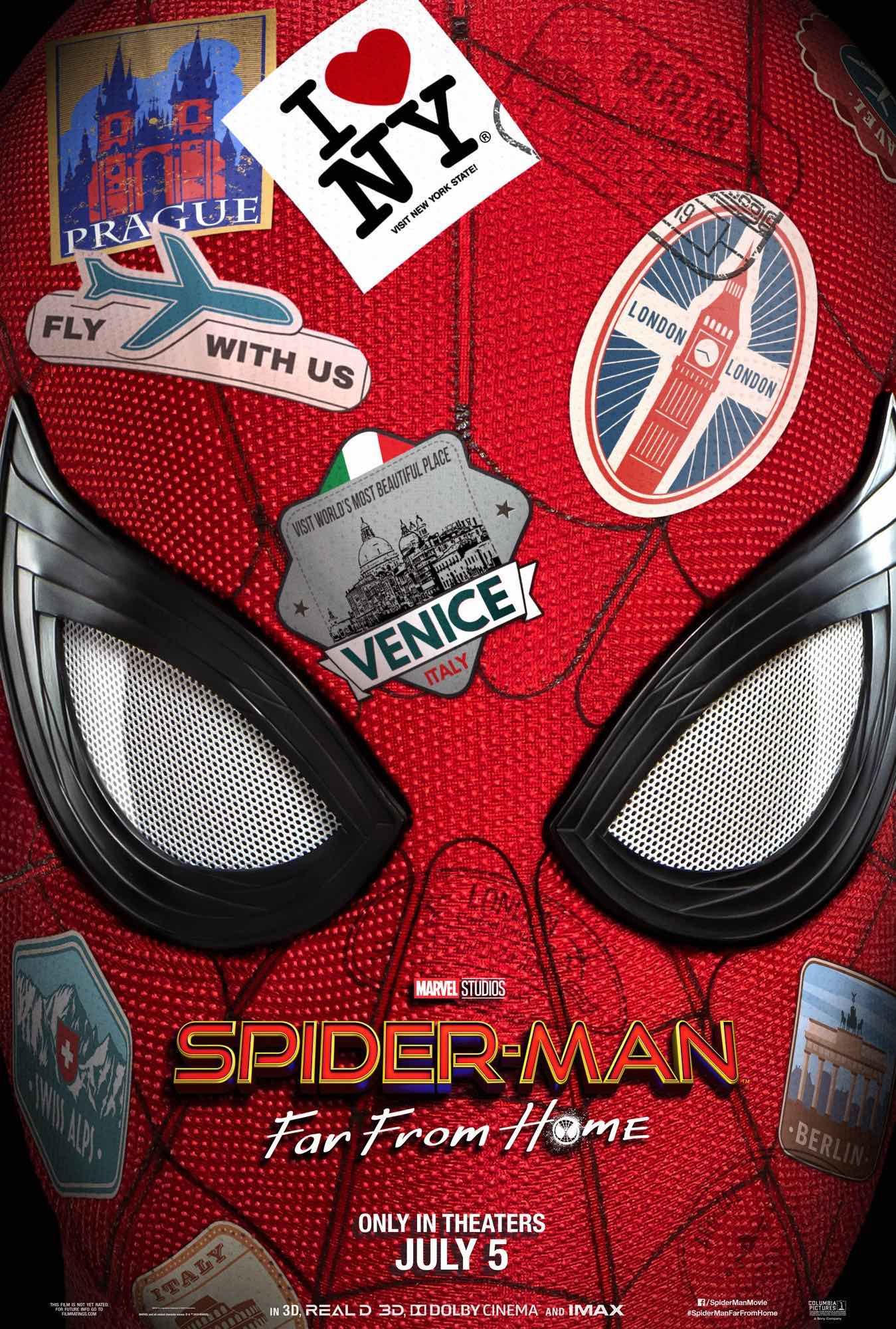Since 2008’s Iron Man, Marvel Studios has achieved an unprecedented feat: it released more than fifteen interconnected blockbuster superhero films that brought to life what is now known as the Marvel Cinematic Universe (MCU).
The MCU is credited for having made heroes such as Iron Man and Thor cool again, for turning virtuously unknown characters like the Guardians of the Galaxy and Ant-Man into pop culture staples, for creating an entire trend of interconnected cinematic universes, for getting Spider-Man right after so many years of trying, and most of all, for becoming an incredibly lucrative franchise for Disney, which became Marvel’s parent company in 2009.
However, if we’re being honest, it would’ve been impossible for the Marvel Cinematic Universe to get everything right, and that was certainly not the case. Certain heroes outperformed others, certain movies felt less important, certain characters had to be changed, and there were definitely various plot holes that exposed the cracks inside the so-called synergy expected from all the movies made by Marvel Studios. But let’s be honest: the MCU is the gift that keeps on giving, and we’re okay ignoring most of these mistakes.
These are the 15 Things Wrong With The Marvel Movies That We All Choose To Ignore.
THE BROKEN MCU TIMELINE
The most impressive thing about the Marvel Cinematic Universe is its nearly impeccable continuity. Even as the franchise nears 20 films, it has been in a consistent build-up, movie after movie, event after event. But with so many producers, writers, and directors involved, the MCU was obviously bound to make mistakes, and one of the most notorious mishaps is the now famous “broken timeline” of the franchise.
It all started with Doctor Strange, which presumably took place within seven years, but that clearly disregarded most of the events that had anything to do with the Avengers. Then Guardians of the Galaxy Vol. 2 featured another time-sensitive plot hole, and Spider-Man: Homecoming confused things even further.
According to Kevin Feige, Marvel Studios is planning to release an official MCU timeline in the near future in order to straighten the timeframes. For now, however, it all just looks like a collection of mistakes that Marvel fans choose to ignore.
THE AVENGERS ONLY ASSEMBLE SOMETIMES
Why put together a team of superheroes with massive infrastructure and powerful abilities if they only get to assemble sometimes... for some problems... to battle certain villains?
After 2012’s The Avengers, fans had to suspend their belief in order to accept that the Avengers would only be seen together in the films about the team, but that the MCU heroes would mostly be on their own for the sake of their standalone features.
While this is all fiction and suspending your belief is part of the journey, it’s kind of mystifying to think that, after all of his investments on the Avengers initiative, Tony Stark had to count on just Pepper to save his life in Iron Man 3. Then, in Captain America: The Winter Soldier, Cap was able to count on Black Widow, Falcon, and Nick Fury, but where was everybody else when he needed help?
MOST MCU VILLAINS ARE BORING
Aside from Loki, it’s safe to say that all villains in the MCU movies range between “bad” and “just okay.”
Marvel Studios has spent so much time making antiquated heroes (such as Ant-Man) relevant again and turning completely unknown characters (like the Guardians of the Galaxy) into household names, that it seems like the studio hasn’t spent as much time developing its villains.
In the most recent films, it is clear that the Marvel Cinematic Universe has become aware of this problem and is trying to correct it, but even when we get a compelling villain such as Ego in Guardians of the Galaxy Vol. 2, he has to die, and the franchise remains without antagonistic figures to loom over its popular superheroes.
Here’s to hoping that Thanos will be compelling and scary enough to drive Avengers: Infinity War, and that standalone features such as Black Panther and Captain Marvel will introduce to the MCU interesting villains that can take part in the franchise’s ongoing continuity.
THE INCREDIBLE HULK MOVIE
Because the Marvel Cinematic Universe has put out such as a string of highly successful blockbusters, it’s easy to forget about 2008’s The Incredible Hulk, which was released between the first and second Iron Man, and is altogether ignored by the MCU continuity.
The clearest evidence that Marvel - and many fans - willingly ignore The Incredible Hulk is that not a single person flinched when Dr. Bruce Banner was reintroduced to the franchise in The Avengers being portrayed by Mark Ruffalo – who was not the actor in the 2008 standalone Hulk film.
Though the movie is technically part of the official canon, it bears no importance to the overall franchise and is conveniently skipped whenever the history of the MCU is brought up. Due to complicated Intellectual Property laws, while Marvel has the right to use the Hulk in its films, the studio is not authorized to produce a new standalone Hulk feature by itself.
VISION'S WEAKNESS
He has nearly limitless intelligence, strength, and speed. He is able to fly, shapeshift, walk through walls, regenerate, and manipulate mass. He has a body crafted by Ultron and powered by an Infinity Stone. So why is it that Vision is never seen at his full capacity in actions scenes in the Marvel Cinematic Universe?
There was no clearer indication of Vision’s strength in the MCU than when he easily picked up Thor’s hammer (the Mjolnir) during Avengers: Age of Ultron. Vision is clearly an incredibly powerful being who could easily put a stop to fights and entire wars. The way he is treated in Marvel movies is curious and confusing, like he is not at least three times stronger and smarter than every other hero.
TONY STARK’S FORTUNE IS LIMITLESS?
Everybody knows that Tony Stark is a billionaire who is unafraid of risks, willing to invest in new technology, and prone to using his fortune for the well-being of the world. However, this scenario still begs the question: just how deep are Tony Stark’s pockets, after all?
Both in the comic books and in the MCU movies, it seems, at times, like Tony Stark has a limitless fortune has is not bound to any reality. A single Iron Man suit would cost a lot of money, and by the time Iron Man 3 was released, it was revealed that there were a bunch of them. Mashable estimated that this investment could’ve cost Tony Stark upwards of $10 billion.
Bill Gates – worth $86 billion – is the richest man in the real world. If he invested $10 billion in anything like an Iron Man suit (that generates no profits), that would mean that 11.6% of his fortune would be gone. So just how rich would Tony Stark have to be that his investment in Iron Man and the Avengers initiative made no serious dent in his fortune?
THE WORLD NEVER FREAKED OUT ABOUT THE EXISTENCE OF THOR, AN ACTUAL GOD
The Marvel Cinematic Universe tries to be realistic and find logical explanations to many of its more "magical" elements. That's because while many things make sense on the page of comic books, they seem weird once they are adapted to film. But the franchise chose to stay silent in regards to one of the things that certainly needed to be addressed: how the world reacted to the existence of actual Norse gods.
The alien invasion that takes place in The Avengers is mentioned time and time again by MCU characters, but little is said about the arrival of Thor and Loki to the real world, which essentially proved that gods exist, and that Norse mythology was actually right.
It would’ve been interesting to see how that impacted other religions of the world, if religious figures freaked out, and whether people started to pray to Thor and Odin instead of to the gods they believed in before. Also, how do atheists exist in a world that has video footage of Thor?
We need answers, Marvel Studios!
PETER PARKER WAS EASILY FOUND, BUT NOT THE DEFENDERS
Much of the Netflix / Marvel TV series focus on showing the street-level MCU characters that do not interact and have no impact in the overall Avengers initiative. Daredevil, Jessica Jones, Luke Cage, Iron Fist, and The Defenders only make vague references to the heroes in the Marvel Cinematic Universe movies, making the point that there is such a thing as anonymous heroes who live outside of the grasp of Tony Stark, even they are based in New York City.
But while that point is made quite convincingly in the Netflix shows, the street-level storyline became a little mystifying once Captain America: Civil War and Spider-Man: Homecoming took the complete opposite route by showing how Tony Stark was more than able to find, identify, and recruit a teenager from Queens to join the Avengers.
The MCU has yet to address how come Daredevil, Jessica Jones, Luke Cage, and Iron Fist have never been approached by Tony Stark or Nick Fury (or any Avenger, for that matter) at any moment.
CAPTAIN AMERICA KISSING PEGGY CARTER’S NIECE - RIGHT AFTER PEGGY'S FUNERAL
Captain America: The First Avenger takes place between 1942 and 1943, when Steve Rogers was already a young man. As seen at the end of that movie, Steve is frozen and then awoken nearly 70 years later to join the Avengers in the present day. This means that Steve Rogers has been in this world for at least 90 years by the time that he becomes infatuated with Sharon Carter, who’s definitely under 30 years old.
If this striking age difference wasn’t already enough reason to think that this relationship is strange, there is also the added argument that Sharon Carter is the niece of Peggy Carter – the love of Steve Roger’s life.
So yeah, MCU fans have to willingly ignore that a 90-year-old superhero has been flirting with his ex-girlfriend’s niece - and even kissed her just after Peggy's funeral.
HEROES ARE (MOSTLY) UNKILLABLE
With the exception of Quicksilver’s death in Avengers: Age of Ultron, superheroes rarely die in the Marvel Cinematic Universe. And let’s face it: it’s not like the MCU version of Quicksilver was in the franchise for long or was that interesting of a character, anyway.
It is definitely challenging to raise the stakes in an action, sci-fi, or fantasy movie when there is no way that you can kill off one of your main characters. In the comic books, writers are not afraid to eliminate major heroes, leaving it to other adaptations to bring them back to life. In the MCU, however, it’s all about continuity – meaning that once someone dies, that character has to either stay dead or have a great explanation as to how they escaped death.
With such a bloated lineup of characters, a major superhero has got to die in the MCU at some point in the near future - likely Infinity War.
TECHNICALLY, ANYONE COULD BE THE IRON MAN
The biggest problem with the introduction of several Iron Man suits in Iron Man 3 is that it started to feel like, technically, anybody could become the hero. This point was reiterated yet again during Spider-Man: Homecoming, where Peter Parker was saved time and time again by mobile Iron Man suits piloted by Tony Stark on a remote location.
The MCU has yet to address (or correct?) the concern that its movies are making Tony Stark look like he’s nothing but a guy with access to the right keys, not a superhero with particularly unique abilities to save the world. Is an Iron Man suit with Tony inside really that much better than five mobile Iron Man suits he (or anyone else) can control remotely? Plus, can’t someone else wear the suit just as easily as him?
THE FIRST TWO THOR MOVIES ARE NOT GREAT
Thor: Ragnarok is currently on Rotten Tomatoes as one of the best-reviewed superhero films of all time. But if we’re being honest, 2011’s Thor and 2013’s Thor: The Dark World were not particularly great and did not add much to the overall Marvel Cinematic Universe.
Before Ragnarok, the saving grace of the Thor standalone movies was that they had Loki, who is arguably the best villain of the entire MCU (at least so far). And as seen in 2012’s The Avengers and 2015’s Avengers: Age of Ultron, Thor himself was a great character, even if there was something about his solo films that did not work.
Unsurprisingly, Thor has a 77% on Rotten Tomatoes, and Thor: The Dark World scored a 66%, which are some of the lowest averages of the entire MCU.
THE CRAZY EARLY ANNOUNCEMENT OF FUTURE RELEASES
One of the biggest accomplishments of the Marvel Cinematic Universe is how organized, well planned, and consistent the franchise is, even when Marvel Studios has to release three films in a given year. However, the fact that the MCU is so efficiently planned ahead also yields a huge problem that we all choose to ignore: we know the heroes that are not going to die based on marketing announcements of Marvel’s future releases.
It doesn’t matter if Peter Parker appears to be on the verge of death in Avengers: Infinity War, because he won’t die, as a Spider-Man: Homecoming sequel is already confirmed for 2019. Ant-Man and the Wasp and Guardians of the Galaxy Vol. 3 are other two MCU installments that will take place after Infinity War, so one can be quite sure that the characters involved in those movies will also survive Thanos.
THE SOKOVIA ACCORDS ONLY APPLY WHEN IT’S CONVENIENT
The entire plot of Captain America: Civil War, and the reason why it reunited so many of the MCU characters, has to do with the Sokovia Accords.
The Sokovia Accords were brought up to essentially regulate all superhero activity. It was an initiative backed by Tony Stark and pushed against by Steve Rogers, creating an atmosphere where, for the first time, the Avengers were split in half and had to fight one another to make a point.
But since the Sokovia Accords were signed in 2016’s Captain America: Civil War, it seems like the MCU conveniently chooses to address it or ignore it at will. The Accords essentially bear no significance to the street-level heroes of the Netflix / Marvel TV shows. The initiative also had no actual impact in Doctor Strange and Spider-Man: Homecoming.
After all was said and done, it seems like the Sokovia Accords only matter to the MCU when they are convenient to the plot of a particular project.
WEAK PRESENCE OF FEMALE CHARACTERS
While we impatiently wait for the 2019 release of Captain Marvel, MCU fans have to face a sobering fact: the franchise has a very weak presence of female characters.
Even though this issue is partially due to the fact that a lot of the very popular and compelling Marvel female characters are part of the X-Men – which Marvel Studios has no rights to explore in its movies – there is still no substantial excuse as to why heroes such as Black Widow, Scarlet Witch, Gamora, and Agent Carter have been sort of treated as secondary sidekicks in the Marvel Cinematic Universe, even when audiences have directly asked for more of them.
On Netflix, Jessica Jones became the clear leader in The Defenders. On the DC Comics side, Wonder Woman became the savior of the DCEU (and will most likely have a leadership role in Justice League). It’s curious that the MCU waited until 2019 to give a female superhero her own standalone film, and that even the characters who had already been introduced to the franchise had to be constantly placed in the background.
---
What other problems with the MCU do fans gloss over? Let us know in the comments!

